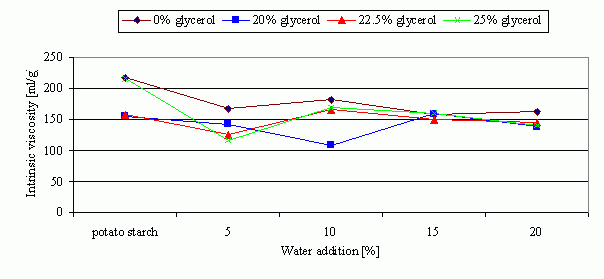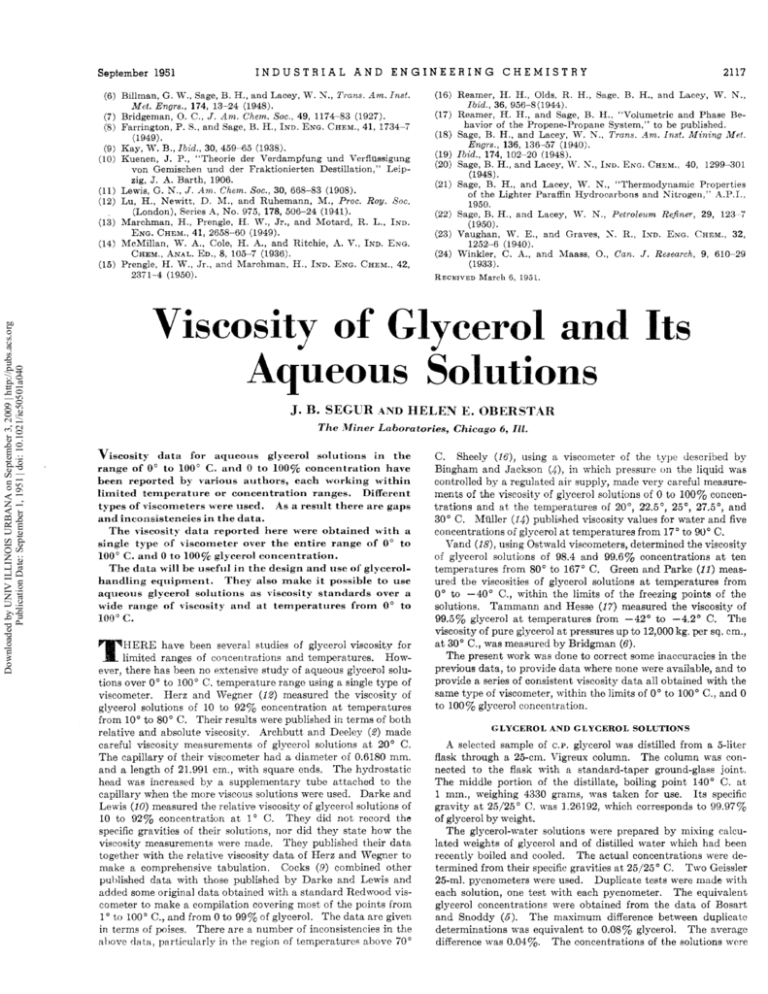

Viscosity of Liquids Science Experiment Instructions

JUMP TO SECTION: Instructions | Video Tutorial | How it Works Supplies Needed We’ll help define viscosity in our easy to understand explanation of how it works below, but the goal of this experiment is to help kids ‘see’ viscosity in action.Ĭollect your materials, print out our detailed instructions, and watch our demonstration video to explore how the consistency of a liquid impacts objects. The pressure dependence of glass transition temperature and fragility index of glycerol were calculated from model equations being the results in good agreement with data selected from the literature.Viscosity? If you’ve never heard this word before you might think it’s a new brand of kitchen cleaner! But of course, if it’s not a kitchen cleaner, what in the world is it?
#VISCOSITY OF GLYCEROL FREE#
The free volume proved to be more accurate in the calculation of viscosity in wide T and p ranges with average absolute percentual deviations ( AADs) ranging from 4% to 14% for data from different authors. High-pressure viscosity data allowed studying the temperature, pressure and density dependences of this property using the free volume theory and the thermodynamic scaling of viscosity. Stickel derivatives were calculated for the correlation equations and they were compared with values found from viscosity data using numerical techniques. Some of the tested equations give overall absolute deviations less than 6% in the range (190–440) K, a value which is close the experimental uncertainty. From BSCNF the structural effects taking place near the glass transition were discussed in light of results obtained by recent experimental techniques. The physically sound equations of Mauro (MYEGA) and the Bond Strength-Coordination Number Fluctuation (BSCNF) model were used to correlate values selected from the database. The main purpose of database construction was the development and evaluation of reliable correlation models of viscosity valid in wide ranges of temperature and pressure. An extensive viscosity database for this substance was developed combining the values of this work with those published in literature covering a wide range of temperatures at atmospheric pressure from the calculated glass transition temperature ( T g = 188 K), and measurements of viscosity reported over the temperature range (263–398) K at pressures from (10 −4 to 3) GPa. The presented results are in good agreement with most values from the literature. The combined expanded uncertainty of reported viscosity is better than 3.0% with a level of confidence 0.95 (k = 2). The dynamic viscosities of glycerol were measured over the temperature range (293–394) K and atmospheric pressure using a Brookfield thermosel system.


 0 kommentar(er)
0 kommentar(er)
